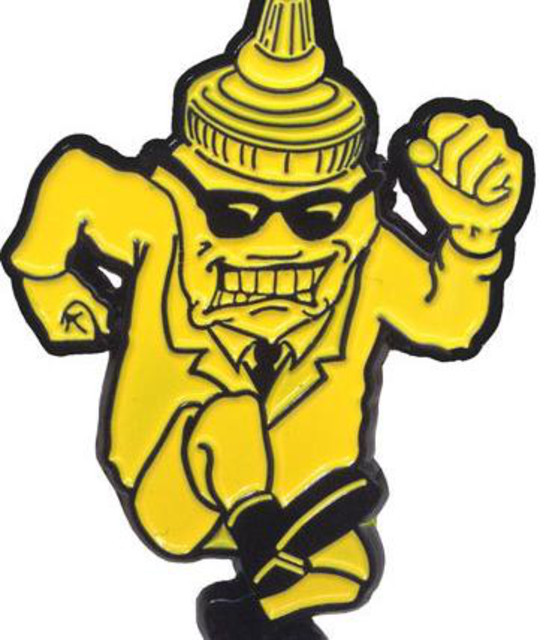


The main key points of identifying the Ska genre is it's saxophone, walking bass lines, as well as positive lyrics to life.
Ska had it's edge with spiky and unique sounding bands like Operation Ivy, who kept the coolness going, however, after the early 90s ska bands left, the genre changed.
Ska was still somewhat going, popular in some areas, and are known by some people, but it was never one of the huge main genres of popular music media.
As more and more bands tapped into the positive attitude, they started to be seen more as goofy rather than cool, because being cool is being all about doing drugs, not caring, not being healthy, fighting and being bad, music on being good made all the cool, edgy highschoolers drift away from the genre, causing it's slow plummet with the loss of it's early drip.
The last two well known ska musicians are Gwen Stefani, and Sublime, with a more modern vibe, but it will be the end of popular Ska.
Ska's main vibe never died, it also contributed to many of the mainstream punk vibe, the East Bay sound lives on.